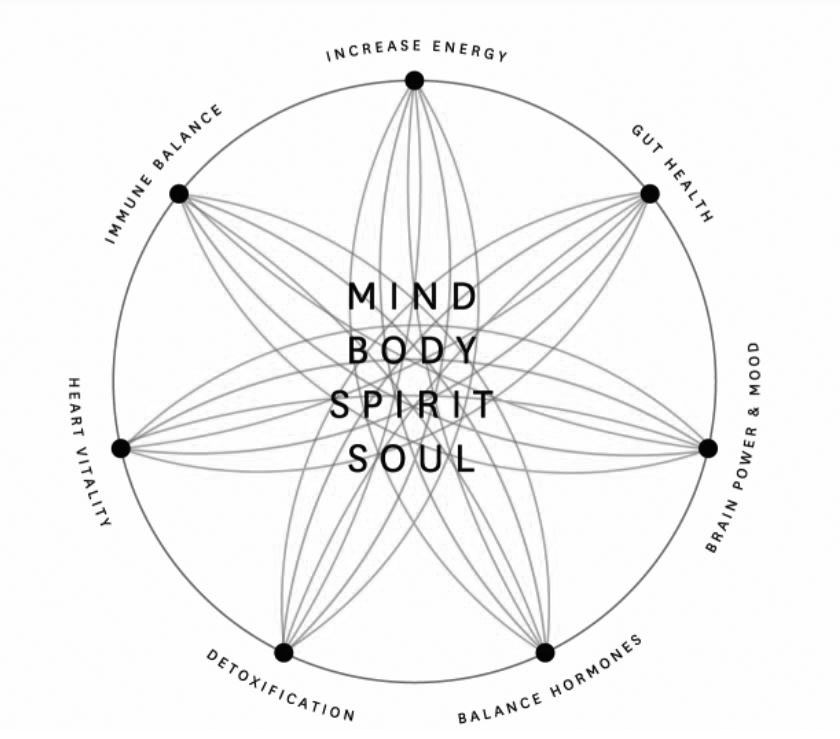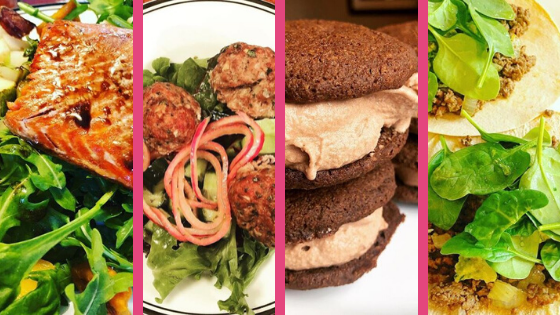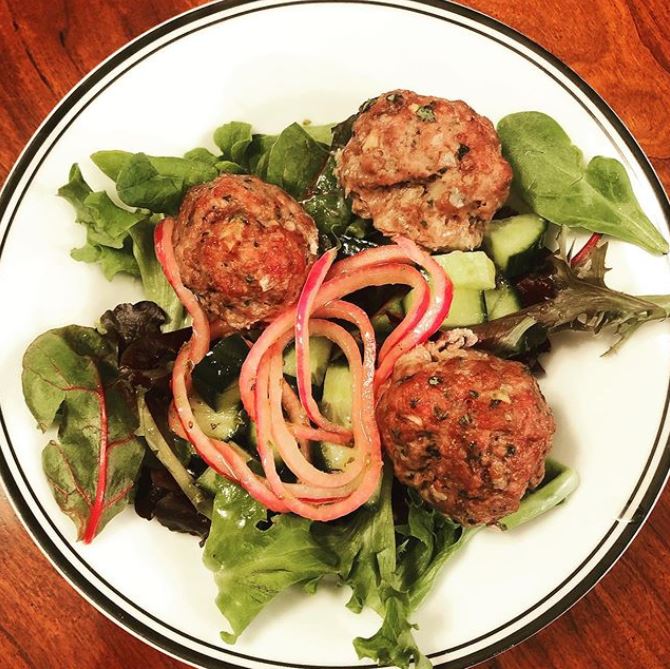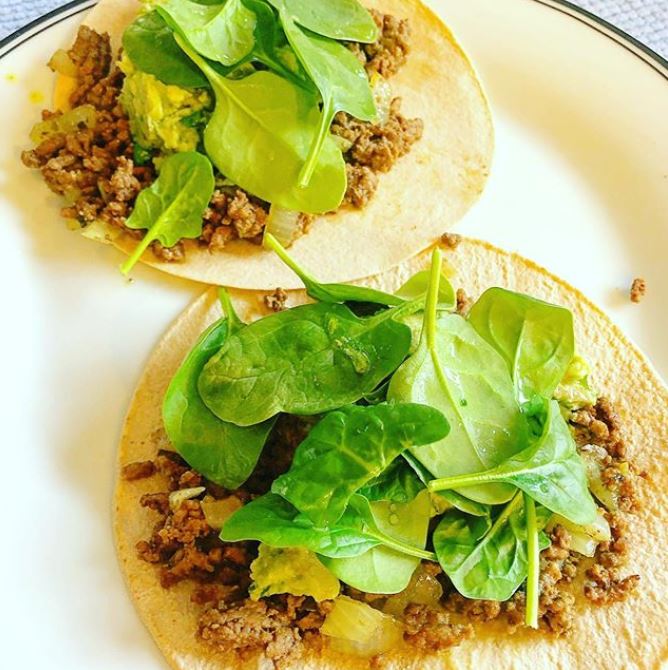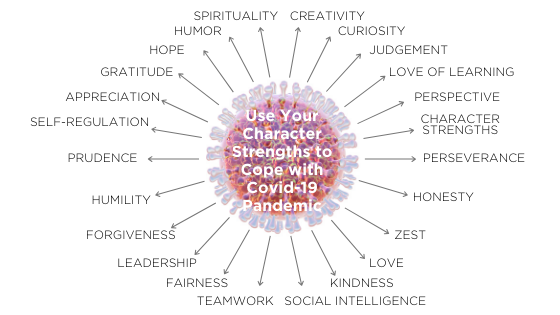A myriad of environmental toxins and heavy metals torment our bodies daily. These terrible toxins cause chronic illness and disease in living things. Humans ingest these heavy metal toxins in 3 ways: consuming pesticides in the foods we eat; inhaling pollutants in the air we breathe; and using chemical-laden beauty products on our skin and hair.
The exposure to environmental toxins can be so slow and steady that it doesn’t become recognized as a source of the illness. Since conventional medicine doesn’t look for the root cause of illness and only treats symptoms, you may never know if heavy metals are killing you. Since we can’t seem to avoid constant exposure to environmental toxins, we must continually detoxify our bodies to remove them before they wreak havoc on our bodies. Let’s identify the 5 heavy metals/environmental toxins that cause chronic illness.

What Are Heavy Metals?
Heavy metals lie throughout the earth’s crust and are naturally occurring elements. These metallic elements classify very differently from each other based on your body’s needs. Some heavy metals are actually essential nutrients such as iron, cobalt, and zinc and others are relatively harmless like ruthenium, silver, and indium. Heavy metals are systemic toxicants and cause chronic illness. These heavy metals are such as arsenic, aluminum, cadmium, mercury, and lead.
Arsenic
In the world of environmental toxins, arsenic qualifies as the most widely known, abundant, and lethal of heavy metals. Arsenic exists bountifully within the earth’s crust and in smaller quantities within the air, water, rock & soil. While a large amount of arsenic exists in the natural world, the majority is synthetic. The primary use of synthetic arsenic is in ammunition, auto batteries, electronic devices, semiconductors, pesticides, herbicides, insecticides, and treated wood.
The most common route by which a toxicant such as arsenic can end up in our bodies is through environmental contamination by way of mining and agricultural practices. Arsenic travels through our water and ultimately to the soil where we grow our produce.
What Arsenic Does To Our Bodies
Arsenic is a type of heavy metal that can cause toxicity to our bodies at a cellular level. Overexposure can cause an array of terrible symptoms such as drowsiness, confusion, headaches, and gastrointestinal flu-like symptoms. It can also cause seizures, anemia, rupture red blood cells, and lower blood pressure. Those suffering can also experience neurological issues like brain damage, peripheral neuropathy, and edema, Arsenic toxicity poisons the cells and has the potential to cause chronic illnesses such as diabetes, heart disease, neurotoxicity, cancer in any part of the body, and ultimately death.
Aluminum
Aluminum is the most abundant heavy metal in the earth and like arsenic, is also present in the environment. Although aluminum is not usually harmful, exposure at high levels can cause some serious chronic health conditions. It is in our food, water, air, and soil so our bodies are exposed daily.
Overexposure can cause fatigue, confusion, speech problems, cognitive impairment, and seizures. Aluminum toxicity causes other more severe health problems including fractures, deformities, and slow growth in children. Chronic conditions that appear due to aluminum toxicity are muscle weakness, lung and nervous system issues, and anemia due to damaged iron absorption.
High levels of aluminum significantly impact bone and brain health. Not only can it increase the potential of brain diseases but can cause bone pain, bone diseases, and reduce bone remodeling capabilities.
Cadmium
Cadmium is a silvery, white flexible heavy metal also found in the environment. Most cadmium used today to create batteries, pigments, coatings, and platings and stabilizers for plastics.
Cadmium is not only damaging to the lungs and kidneys, but it also competes with zinc at all cellular binding sites, resulting in loss of enzyme activity. Breathing in cigarette smoke can cause smokers and non- smokers to accumulate dangerous levels of cadmium.
Mercury
We are exposed to the many different forms of Mercury in different ways. It exists in the earth’s crust and emits as a gas via volcanoes and mining or by way of evaporation from bodies of water. But humans do not become poisoned by mercury inhalation but by ingestion, especially through fish.
Mercury produces thermometers, batteries, lamps, amalgam tooth fillings, and prescription drugs. People exposed to mercury by way of eating fish containing methylmercury or breaking products containing mercury, including tooth fillings.
Mercury poisoning gives tremours, gingivitis, minor psychological changes, and even brain damage. Pregnant women can experience spontaneous abortion, congenital malformation, or development changes.
Long term exposure to mercury can affect both the functioning of the central as well as the peripheral nervous system and manifest as a host of symptoms including weakness and fatigue, depressed immunity or gi disturbances .
Lead
Lead has a misconception. It is only present in our drinking water because of lead pipes. While there are sometimes very clear symptoms of heavy metal toxicity such as lead poisoning in children, many symptoms of heavy metal toxicity may not be as obvious.
Lead also exists in personal care products and cosmetics. Our everyday exposure slowly builds up in our body tissues and has the potential to cause chronic illness.
Lead toxicity can be difficult to detect as high blood levels of lead can occur in even the healthy. Symptoms do not normally appear until a person has accrued dangerous levels, and even more strange, symptoms vary between infants, children, and adults.
Lead Poisoning In Infants Exposed Before Birth
Infants exposed to lead before birth can be born prematurely, have lower birth weight, and can experience slowed growth. This is whether the pregnant mother had experienced any symptoms at all.
Lead Poisoning In Children
Children are the most susceptible to lead poisoning. Those exposed to lead can experience irritability, abdominal pain, vomiting, constipation, loss of appetite, weight loss, and fatigue. Worse cases can occur that exhibit developmental delay and learning difficulty, hearing loss & seizures in children.
Lead poisoning In Adults
Adults exhibiting symptoms of lead poisoning may experience headaches, concentration issues, mood issues, high blood pressure, joint pain, and muscle pain. Males can have reduced sperm count and abnormal sperm where females can miscarry, have stillbirths or premature birth.
With the serious health impact of heavy metals it is prudent for us to educate ourselves and avoid as many potential sources of these multi-system toxicants as we can. There are many resources available online (The Environmental Working Group and the Center for Hazardous Substance research to help you stay informed and safe.
We are exposed to heavy metals most often through ingestion, inhalation, and dermal contact. If you are concerned or believe heavy metals are compromising your health, you may want to consider testing. The most accurate method of testing for total body burden of heavy metals is with a urine toxic metals test. The results can assist practitioners in recommending customized treatments to pull the heavy metals out of your body. Please contact the clinic if you are interested in learning more.
Author
Nora Kassay-Farkas is our Functional Medicine Health Coach and Natural Nutrition Clinical Practitioner at Linden & Arc Vitality Institute. Nora is pleased to provide nutrition consultations and Functional Medicine health coaching to you in your journey to wellness. She offers sessions for CIRS, Brain Health, weight loss, and supports Autoimmune conditions. Contact Nora at: [email protected]


